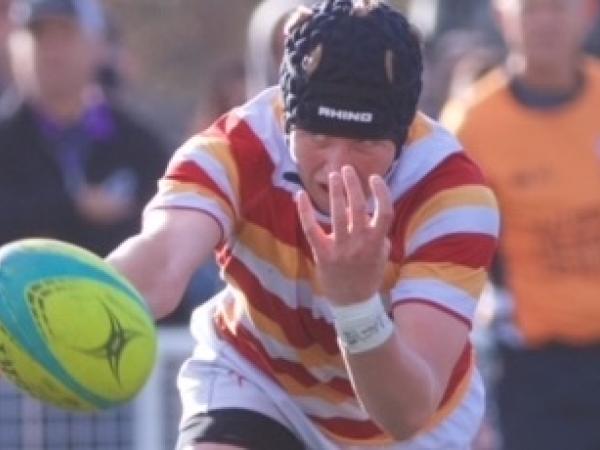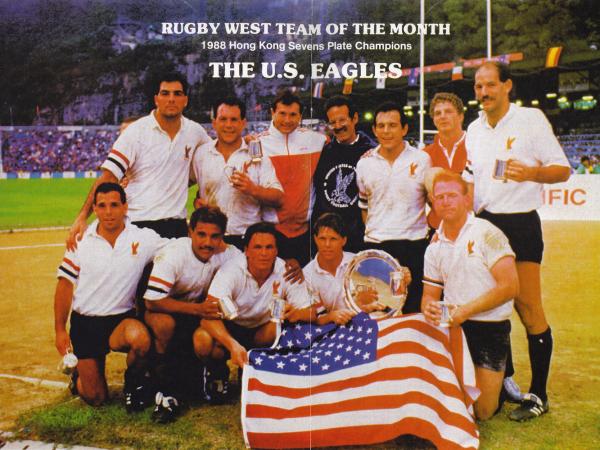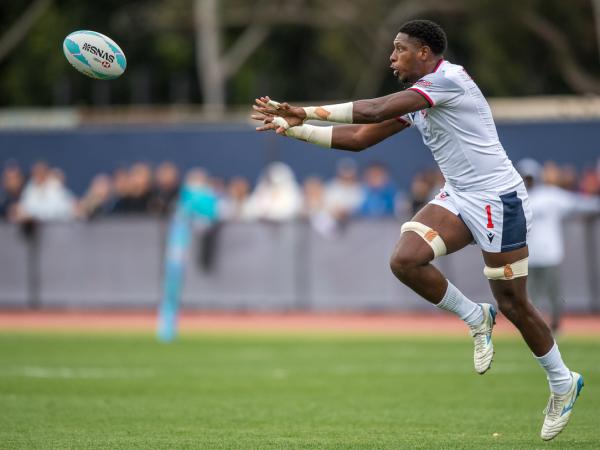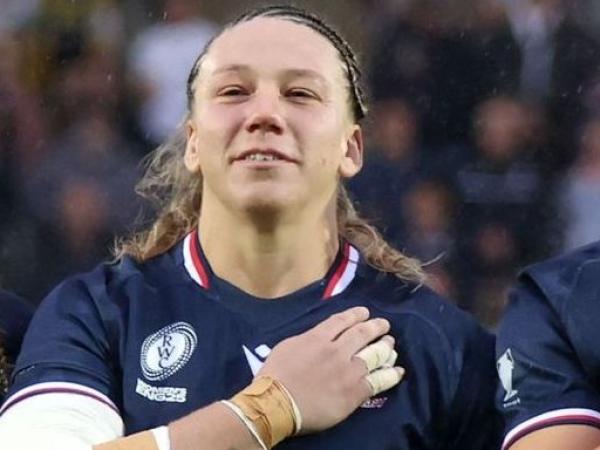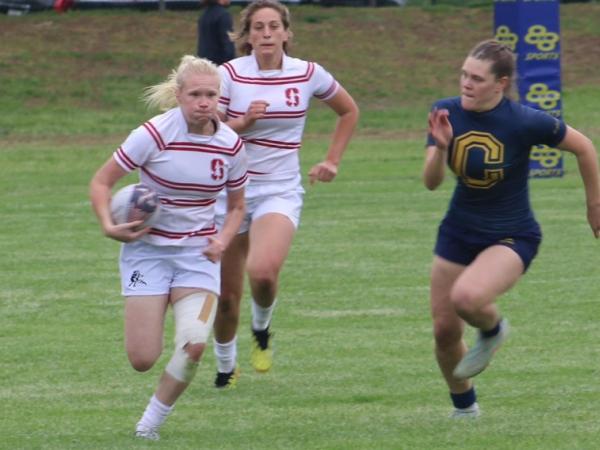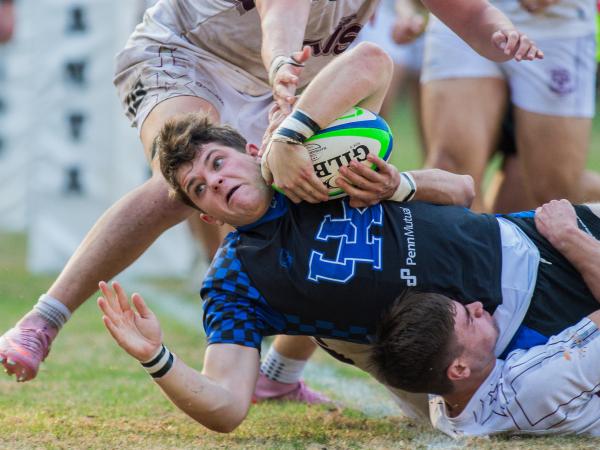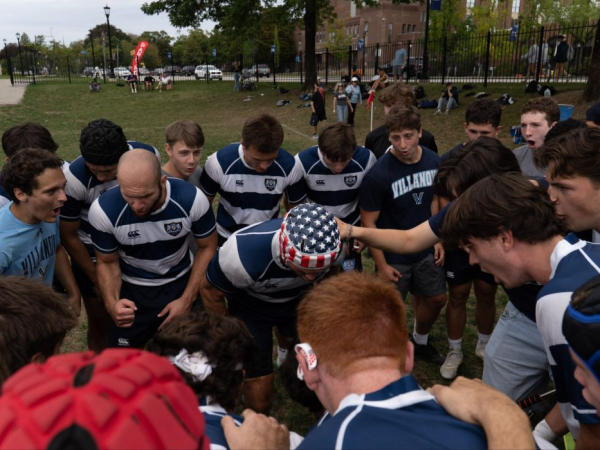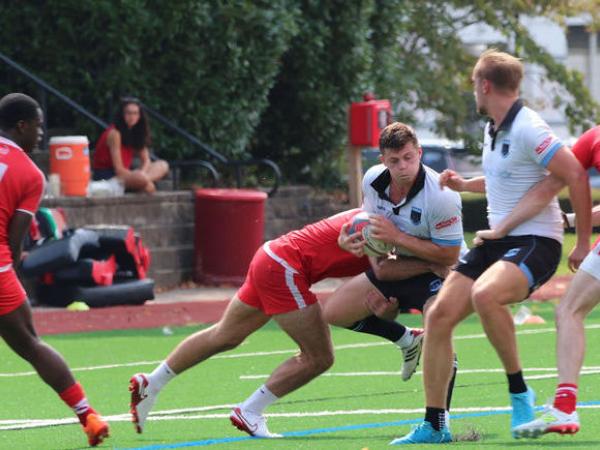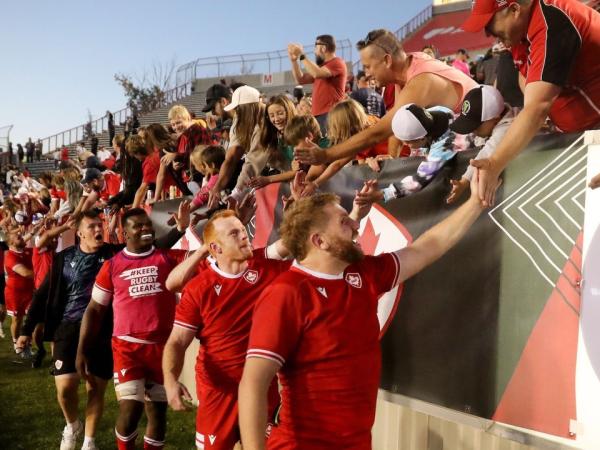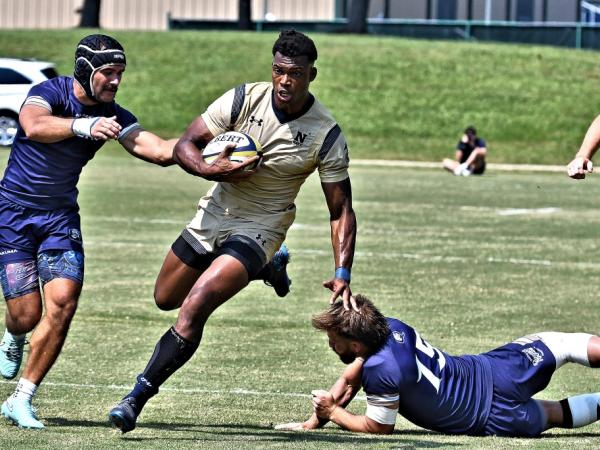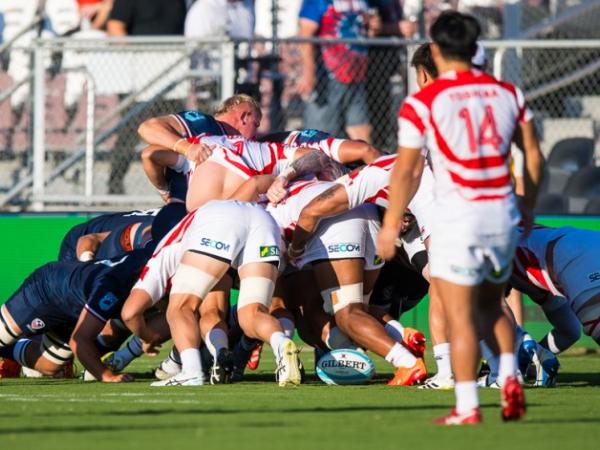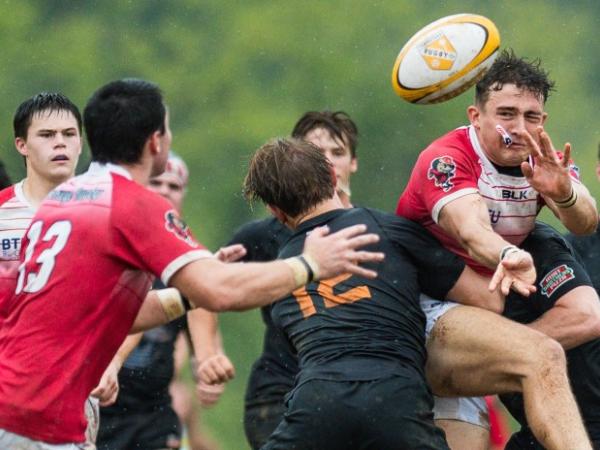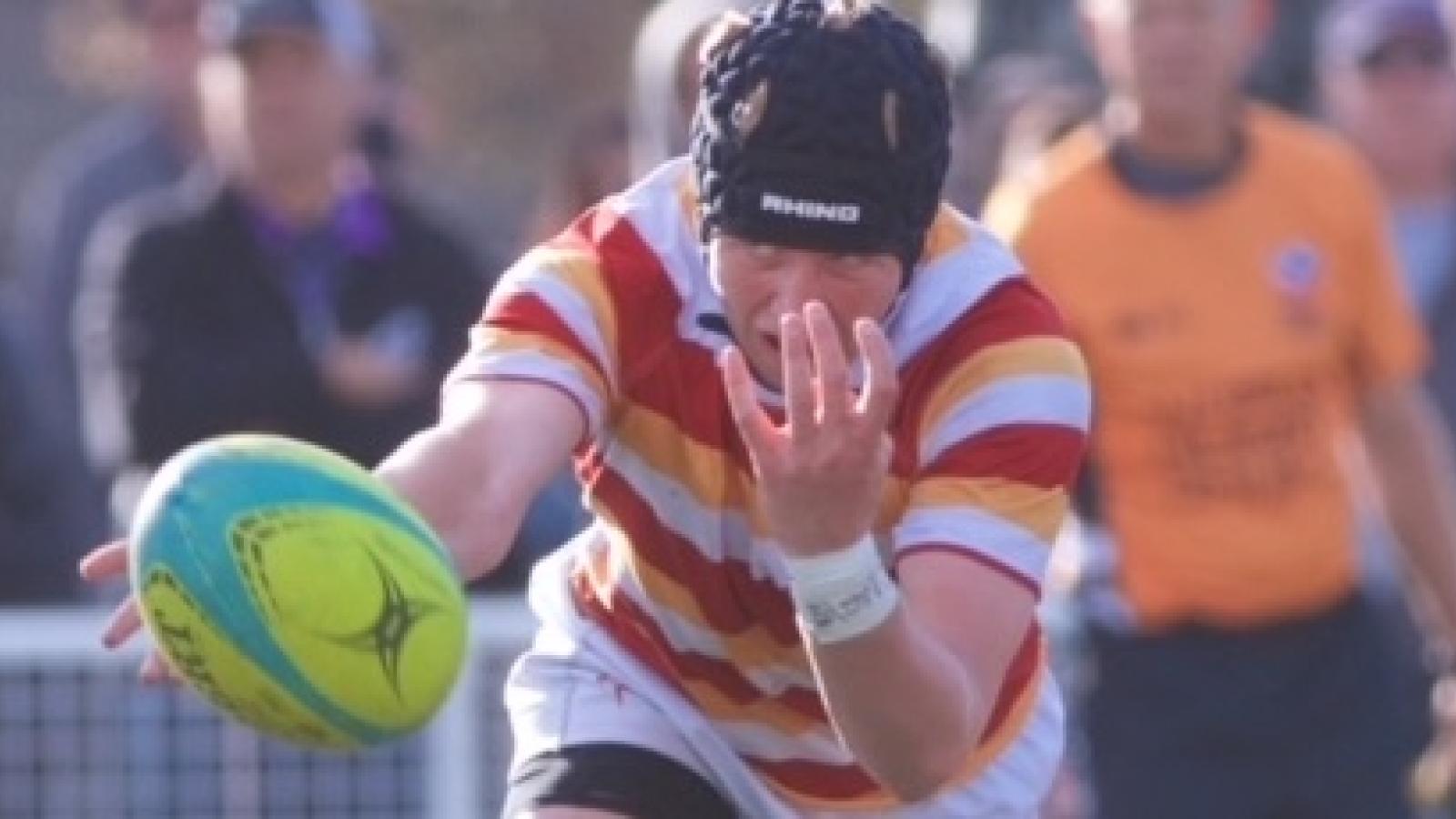Some Other Notes
The move to tight five was likely chasing the talent. The pool of good locks was especially deep and, counting Golla as one, six were picked. Some with significant ability—Ben Newhook of UVic, Sam Muter of GCU, and Ali Taha Brown of Georgetown—were not taken.
The same goes for prop, where there were over 20 talented props, and where Braxton Heard, Joey Artinian, Damond McCaskill, Hudson Montgomery, Ivan Delgado, and Liam Smith all were not selected.
(Denver Fatt is listed in the above graphics as a lock, but he's a prop.)
Iowa State's Brandon Karnes was the final player picked and obviously did enough to be seen. James Kuahiwinui of Iowa Central CC is going back to his home in the Pacific Northwest (he's from Spanaway, Wash.) to play for Seattle. In the Rugby Rant Podcast Kuahiwinui gave much credit to his Tacoma Tsunamis teammates and coaches, and said his first game would likely attract all of his extended family and most of the Tacoma rugby community.
American #10s and #9s
Getting more young American players at scrumhalf and flyhalf has been a bit of campaign in these pages and certainly some teams took some steps. Shane Barry and Mike Weir, skilled but slight flyhalves from UCLA and Dartmouth, respectively, were picked. Along with Villani (born in Italy but played HS rugby in Greenwich, Conn.), Evan Conlon (The Woodlands Texas, Lindenwood), Kekoa Kauwe (Genesis Ohio, Kutztown) got the nod. Kauwe was another nice hometown pickup, as he was selected #9 overall by the Utah Warriors.
But getting American-born-and-bred flyhalves continues to be an issue. Weir is one. Barry grew up in the UK but has been in the US system for a while. Jason Tidwell out of Texas A&M (who we mistakenly said was from overseas in the podcast), is from the Dallas area, having players for Alliance and is now with the Dallas Jackals. Matias Caramuti is from Argentina.
Divisions and Such
Of the 39 picks, 18 came from D1A. Another seven came from NCR's D1, which was mostly teams that were D1A until very recently. Four players came from DIAA, three from D2, and seven from Canada.
Goff Looks at the MLR Draft—the Forwards (Video)
Goff Looks at the MLR Draft—the Back (Video)
Who Won The Draft?
Well, we know who lost. Turmoil has hit the Austin Gilgronis and LA Giltinis and LA had no picks. Austin had one and traded it away.
Dallas Jackals. The last-place team in the league got Sam Golla, a tough lock/flanker out of Cal and a Scholz Award finalist, Ethan Hager, a tough, physical and fast wing from UVic, Kyle Fulton, a smart leader from Arizona who can play center and wing effectively, Matias Caramuti, a really skilled flyhalf from Thomas More, Nolan Buckley, a bruising No. 8 who will play hard out of UMass-Lowell, Mazvita Nyamarebvu, a center/flyhalf/fullback with a ton of skill out of Arkansas State, and Jason Tidwell, a flyhalf/fullback who can kick for distance and for points and has plenty of other talents as well.
The Jackals went a bit back-heavy and they still need to ensure they win and retain ball, but they got seven really good players.
NOLA. The Gold got three of the top eight picks, and came away with Sebastiano Villani, a very savvy scrumhalf who can play other positions, Chase Jones (Saint Mary's), who could be the pickup of the draft, as a lock/flanker who puts in a tenacious, smart 80 minutes, and a big, thundering prop with good feet in Kutztown's Trent Rogers. They added big, physical wing Christian Olney from Ohio State in the third round.
Old Glory DC. Calixto Martinez, the prop from UBC, was a bit of a surprise at #3 but he is an athlete. Collin Grosse is an excellent lock from West Point who will defend and win lineouts. Jack Manzo, Cal, is a hooker with tons of knowledge and passion, and he can read the game as well as execute. Alex Balladares from Queens University (and Good Counsel before then) is a hard-hitting prop and mobile, too. And then Dartmouth's Mike Weir is a superb American flyhalf with an opportunity to keep getting better, and perhaps just take the position as his own. At a stroke DC got their tight five of the future and committed to developing one of American rugby's most talented playmakers.
Utah Warriors. As we said they got a local kid made good in Kekoa Kauwe (Kutztown). They added Gabe Kettering and Sam Buckley, two Lindenwood props who thump people. Kettering is going to attend Trinity, do some teaching, and play for Tony Smeeth. No drama—he will be able to return with a graduate degree and more seasoning. Also joining the Warriors is John Dupree, a hard-hitting flanker out of Central Washington, and Greg Janowick, an imposing lock from Tennessee with a nose for the tryline. Utah added a ton of grit.
Atlanta. ATL traded with Utah for the #4 pick so they could get Cal's Seth Purdey, which is who they wanted—a center who has the playmaking ability to be a flyhalf and understanding of the game to play elsewhere, too. They added Matt Gelhaus out of Kutztown, so their lineout is sorted; they took the best scrumhalf in the draft, probably, which is Evan Conlon from Lindenwood, and Jack Shaw at wing (Bishop's), who at 6-2 can challenge for ball in the air and burn you outside, was just a bonus.











